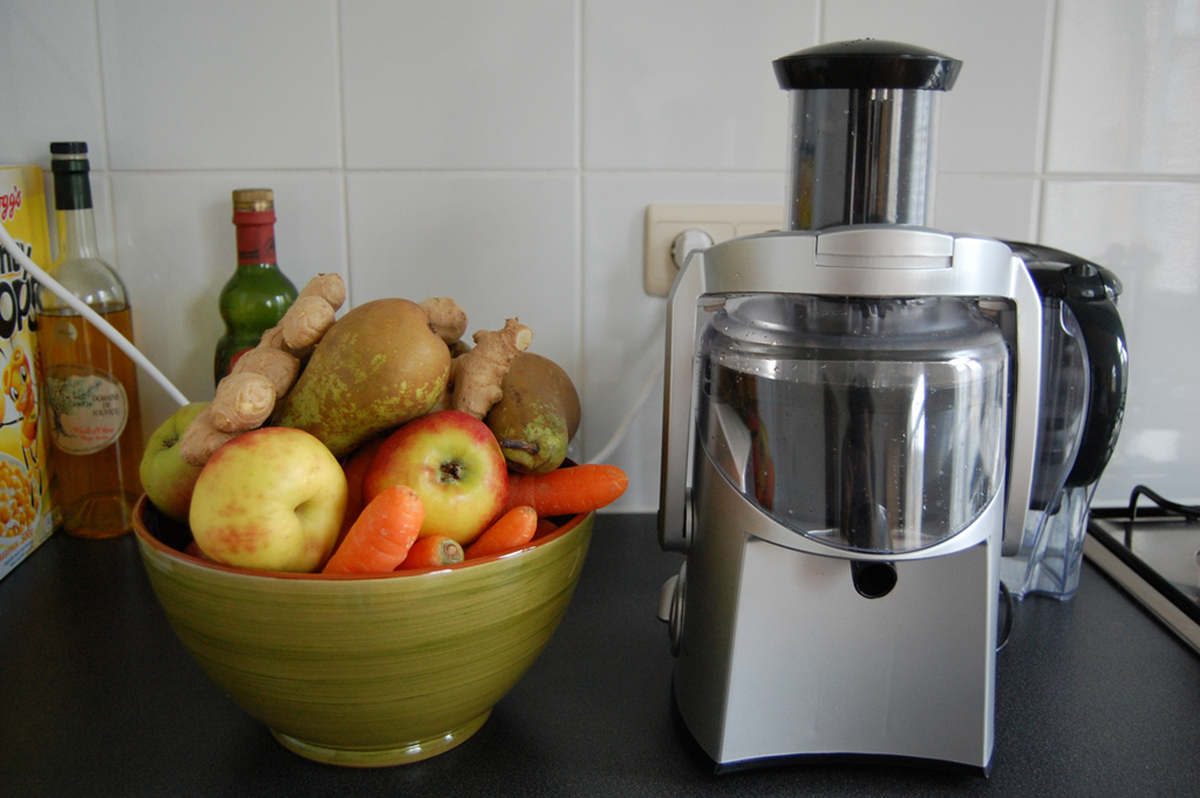Table of Contents
The more raw foods you can include in your diet, the better, so get into some of these raw food essentials.
Blender
No healthy eating plan is complete without some delicious and nutritious smoothies thrown in. A blender is essentially a vessel containing blades that rotate at a certain speed to help liquidify, purée or blend foods together. Health smoothies are essentially a blend of fruits and sometimes vegetables with other ingredients like water, ice, yogurt, milk, soya milk, nuts, seeds, nut butters, oils, fibres and other health foods.

Blenders will range in price for really cheap to very expensive. The more you pay for your blender, the more likely it is to last you a lifetime. Blender speed is also important, especially if you want to break up more fibrous foods, like vegetables and nuts or if you want to add chunks of ice to your smoothies. Its all about the blenders macerating and ice pulverizing abilities. For those on a budget, a hand-held blender is a decent option and generally does the trick.
Juicer
While some might consider a juicer and a blender essentially the same thing, they are very different. A juicer separates and discards all the fibre and pulp from fruits and vegetables and leaves only the liquid, or juice, component. A juicer is therefore a better means of extracting more nutrition because the non-fibrous part of fruits and vegetables contains all the nutrition. Juicers are great for the foods that blenders don’t break down as well, especially green leafy vegetables. If you want the best yield from your juiced foods, the quality of the juicer is important. The more affordable centrifugal juicers are fine for most foods but will not be efficient at juicing greens. Masticating and twin gear juicers are a better option for this purpose.
Sprouter
Sprouts are essentially germinated seeds that are used in both raw and cooked food dishes. Popular seeds to sprout include pulses, cereals, oil seeds, vegetables and herbs. Most seeds take around four days to sprout and can easily and economically be done at home with a home sprouting system.
Sprouting is pretty easy too. You place a thin spread of seeds in each tray, while leaving the bottom tray bare. About a cup of water is poured across the top tray per day and drainage holes allow the water to drip through each layer irrigating the layers below. The excess water collect at the bottom and is discarded. You can your homegrown sprouts to salads, soups, stir-fries and stews.
Coffee Grinder
In a healthy kitchen, a coffee grinder is not used for what you may think it is. Coffee grinders are a great way to break up nuts and seeds for use in smoothies and breakfast cereals. Most seeds will not absorb very well when eaten whole, especially the smaller seeds like Chia, flaxseed or sesame. Simply place a couple of tablespoons of mixed seeds in your grinder each day and enjoy as part of a fiber, protein and essential fat boosted morning treat.
See Also: Juice It Up For Better Health
Dehydrator
A dehydrator is a culinary tool that removes water and dries food, while keeping most of the enzymes in raw food in tact. It does this by using low temperatures and a fan. Dehydrated fruits are veggies are the most commonly dehydrated foods and make a great snack on the go. While you could just go and buy some dried fruit at the supermarket, doing it at home saves you money and also reduces your exposure to added sugars and sulphur dioxide often found in commercially bought dried foods.
- Photo courtesy of Saucy Salad via Flickr: www.flickr.com/photos/saucysalad/4700823567
- Photo courtesy of Matiasbaert via Flickr: www.flickr.com/photos/mathiasbaert/3474046256


Your thoughts on this